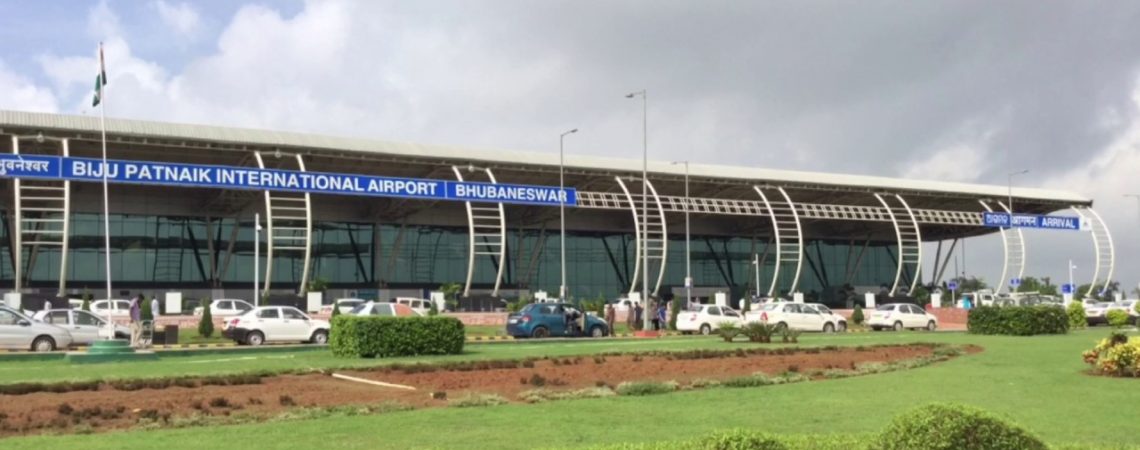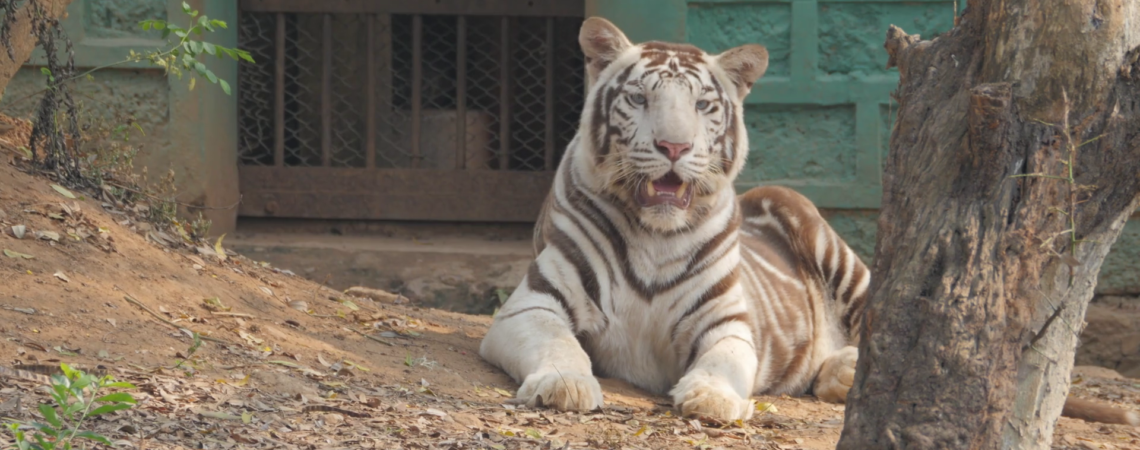Bhubaneswar, the capital of Orissa, is also popularly known as the “Temple City of India”. Being the seat of Tribhubaneswar or ‘Lord Lingaraj’, Bhubaneswar is an important Hindu pilgrimage centre. Hundreds of temples dot the landscape of the Old Town, which once boasted of more than 2000 temples. Bhubaneswar is the place where temple building activities of Orissan style flowered from its very inception to its fullest culmination extending over a period of over one thousand years.
The new Bhubaneswar with its modern buildings and extensive infrastructure perfectly complements its historic surroundings. With facilities to cater to every type of visitor, Bhubaneswar makes an ideal tourist destination.
Best time to visit :
Bhubaneswar can be visited round the year, but the ideal time, especially for visitors from colder climes, would be from October to March.
Handicrafts of the Region :
Silver filigree, Stone and Wood carving, Patta paintings, Tie and Dye textiles, bamboo basketry, brass and bell metal work, horn work, and many other famous handicrafts of Orissa can be selected as souvenirs from the local markets. Purchases can be made from Utkalika (run by the Department of Handicrafts) or at the many privately run shops.
Some of the other important tourist spots of Bhubaneswar are:
Khandagiri and Udaygiri
The twin hills of Kumargiri and Kumarigiri known as Khandagiri and Udaygiri contain varieties of rock-cut caves, built mainly for the jain monks around 1st – 2nd century B.C.#The thirteen years lithic record of King Kharavela engraved in Hatigumpha (elephant cave) is a magnificent specimen of Pali records so far found in India.
Ekamara Kanan
Cactus garden situated close to the ‘Ekamara Kanan’ in Bhubaneswar, the Cactus Garden, with its huge collection of Cactii should not be missed.
Ancient Temples
Ananta Vasudeva (c. 13th century A.D.)
Bharateswar Temple (c. 6th century A.D.)
Bharatimath
Bhaskareswar Temple
Brahma Temple
Brahmeswar Temple(c. 11th century A.D.)
Chandana Temple
Chitrakarini
Daiteswar Temple
Dwarabasini Temple
Gosagareswar Temple
Kainchi Temple
Kedareswar Temple
Kotitirtheswar
Laxmaneswar Temple(c. 6th century A.D.)
Lingaraj Temple(c. 11th century A.D.)
Makarewswar
Markandeswar Temple
Mukteswar (c. 10th century A.D.)
Mohini Temple
Papanasini
Parsurameswar Temple(c. 7th century A.D.)
Rajarani Temple(c. 11th century A.D.)
Rameswar Temple
Satrughaneswar Temple(c. 6th century A.D.)
Subarneswar
Swarnajaleswar Temples(c. 7th century A.D.)
Taleswar Temple
Tirtheswar Temple
Uttareswar Temple
Vaital Temple (c. 8th century A.D.)
Vimaleswar / Gaurisankar
Vishnu Temple
Khandagiri & Udaygiri caves (c 1st century B.C.)
Modern Temples :
Baya Baba Matha
Ram Mandir
Shirdi Sai Baba Mandir
ISKCON Temple
Parks :
Biju Patanaik Park
Buddha Jayanti Park
Ekamra Kanan / Cactus Garden
Forest Park
Gandhi Park
I.G. Park
IMFA Park
Kharavela Park
S.P. Mukherjee Park
Subas Bose Park
Shopping :
Boyanika
Ekamra Haat
Kalamandir
Sambalpuri Bastralaya
Satyam Shivam Sundaram
Utkalika
Priyadarshani
Bazar Kolkata
Vishal Garments
Other Landmarks :
BDA Nicco Park
Fortune Tower
Info City
Kalinga Stadium
Pathani Samanta Planetarium
Science Park
Fairs and Festivals of the region:
Shiva Ratri – Bhubaneswar, Atri – February – March
Khandagiri Mela – Khandagiri – January – February
Ashokastami – Bhubaneswar – March-April
Ramanavami – Odagaon, Bhubaneswar – March – April
Jhamuyatra – Kakatpur – April – May
Anla Navami – Sakshigopal – October – November
Places around Bhubaneswar :
Dhauli (8 km)* :
Surrounded by paddy fields, the Dhauli hill brings back memories of the historic ‘Kalinga war’ which was fought around here. It is here that Ashoka, the terrible, was transformed into Ashoka, the compassionate and championed the cause of Buddhism. On the foot of the hill one can see the Rock Edicts of Ashoka and the forepart of a skillfully sculpted elephant hewn out of a huge rock. Dhauli has gained prominence due to the establishment of a Buddhist Peace Pagoda, popularly known as Shanti Stupa, built in the early seventies by the Japan Buddha Sangha and Kalinga Nippon Buddha Sangha. An old temple of Lord Dhavaleswar, reconstructed in 1972, also stands on the hill-top.
Sisupalgarh :
Just two km from the famed Lingaraj Temple of Bhubaneswar lie the ruins of Sisupalgarh. Dating back to the third or fourth century BC, these ruins show that even at that early date there was a well fortified city here, and establish the fact that the Orissan civilization has very ancient roots.
Hirapur (15 km)*:
Hirapur has the 11th century Hypaethral temple of sixty four Yoginis. It is second of its kind in Orissa and one of four such unique temples in India.
Atri (42 km)* :
Situated amidst greenery and famous for the hot sulphur water spring, Atri, 42 km. from Bhubaneswar and 14 km. from Khurda, is also a holy place with the shrine of Hatakeswar. A bath in the spring water is reputed to cure skin diseases apart from being a pleasant experience.
Nandankanan (20 km)*:
Picturesquely carved out of the Chandaka forest, Nandankanan is a Biological Park where animals are kept in their natural habitat. A centrally located lake divides the Zoo from the Botanical Gardens. Tigers, Lions, Clouded Leopards, Black Panthers, European Brown Bear, Himalayan Black Bear, Gharials, Rosy Pelican, Grey Pelican, Indian Python, King Cobra, etc. are among the attractions of the zoo, which is famous for its White Tigers. The exotic Botanical Garden on the other side of the zoo preserves varieties of indigenous plants. Regular bus services are available to reach the place.
Communication :-
Bhubaneswar is well connected by air, rail and road to the rest of India. The modern Biju Patnaik airport is being extended to receive wide bodied aircraft, and one may well see international charters landing here soon.





